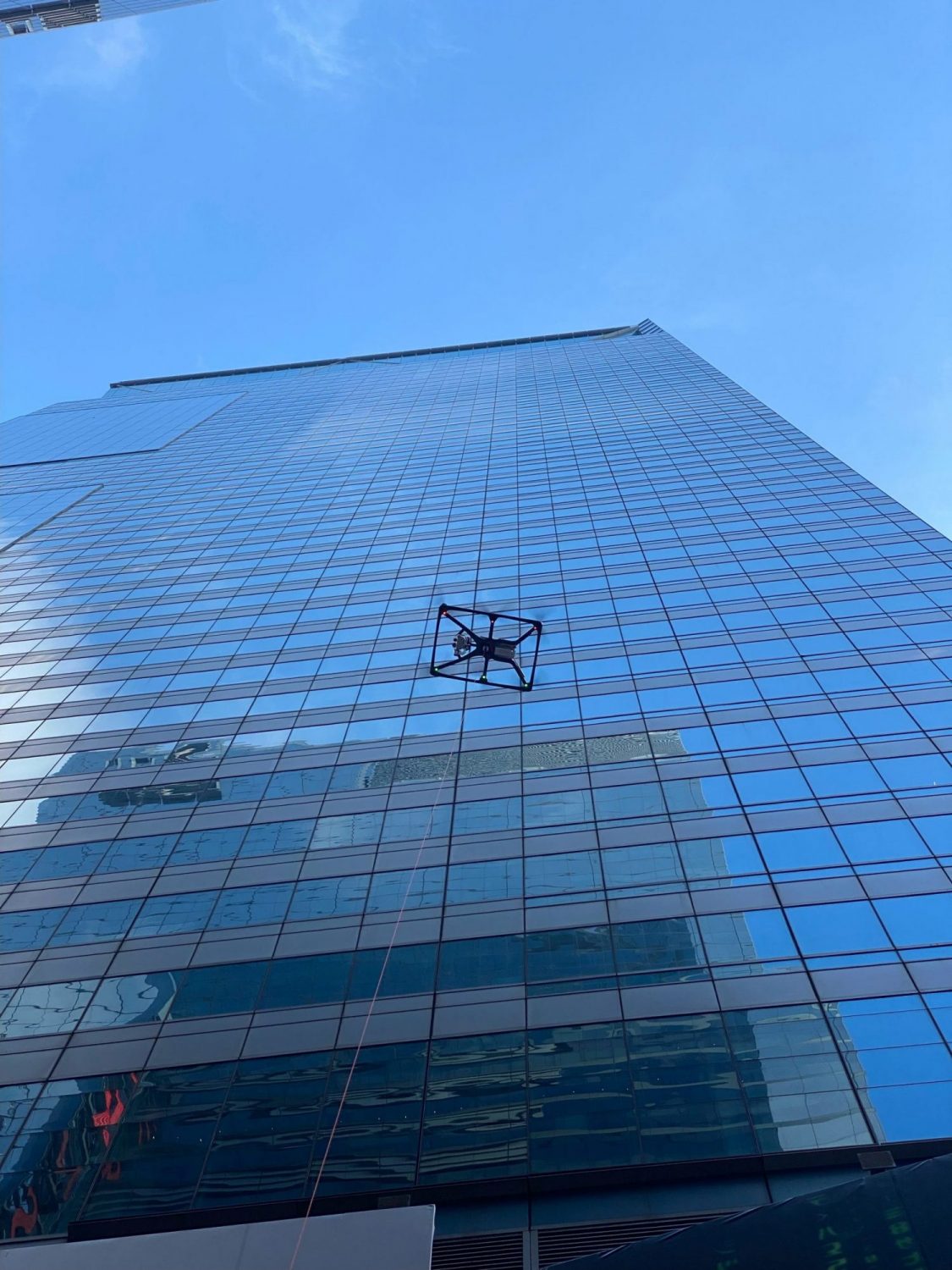The Top 4 Things to Consider When Choosing a Tethered Drone System

Is a Tethered System an Outdated Alternative? Dispelling Some Common Myths….
The use of tethered UAS in Public Safety has been around for quite some time now. A tethered drone system may be an option when dealing with Departments or Agencies with multiple UAS or those under the common misconception that tethered is a safer alternative to free flight. However, with the advancements in free flight UAS over recent years, is there a need for a tethered system? Is there a reliable one?
While many professionals view tethered systems as outdated and unnecessary, I firmly believe that an established UAS program with multiple devices should have a tethered system in service. Now understand that statement applies to Departments or Agencies that can provide use cases for fixed operations over extended periods.
What are the Biggest Pros and Cons of Tethered Drone Systems?
Now, like any other tool used, there are pros and cons. There’s the benefit of “unlimited” flight time, so no need for downtime during battery changes, but the setup, portability, and a fixed location can create issues.
A Better Bet For Handling Sensitive Information…
Fixed location tethered UAS are nowhere near as flexible as their free flight counterparts but provide a higher level of data security for those seeking to secure sensitive information. These platforms operate with a tether cable that provides a video downlink directly to the ground station creating a closed communication system. Secure systems are impossible for hackers to intercept video feeds or control links over WiFi or another form of radio transmission.
A Great Option for Interference-Heavy Environments…
Environments with radio interference, high WiFi saturation, or mobile phone use may benefit from a tethered UAS if it fits into the mission plan since, as stated above, they can operate via a closed system. Think New Year’s Eve, significant sporting events, marathons, and parades. Many people now equal lots of mobile phones and, in turn, heavy radio interference.
The Top 4 Things to Consider When Choosing a Tethered Drone System
So while there isn’t a perfect tethered system, the same could be said for free flight devices, but if there was one, what would it be?
#1 Pick an All-Weather Tethered System
The first and primary focus would be an all-weather system for the UAS, ground station, controller, and payload options. Using the DJI Matrice 300 series as an example, you see a beast of a UAS capable of handling wind and precipitation but for the UAS only. When the price of your sensor surpasses the UAS, it’s time to consider an IP rating of 58 or greater on the payload.
#2 The Drone Tether Rating
Secondly would be a rated tether. Many tether options rely on the selling point of extended flight times but fail to consider rating the tether for the maximum force of the UAS. If you want to use that earlier misconception of safer flight, companies should make it safer.
#3 Ease of transportation, Set-up, and Operation
The third would be transporting, setting up, and operating by a single user. We have to consider all types of Departments and Agencies. For many Departments, the UAS program might be a single operator asset. One operator acts as the Pilot and the administrator. Most of the fire service is smaller Volunteer Departments. They rely solely on community support to staff units. Smaller entities might not have the personnel available for multiple UAS Operators.
#4 A GPS-Enabled Tethered System
Last but not least, A tethered system that is GPS enabled but not GPS reliant. What do I mean by that? A system should have multiple features to maintain its altitude and spatial orientation. That system should also have a hierarchy of how they operate.
An example would be the device taking off from its cradle to an altitude well above head height via the help of an IR beacon to maintain orientation over the ground station. There is an overlap of functionality between the IR beacon and tether management system until a height where the tether system takes over. When magnetic interference or issues like GPS multipath aren’t present, GPS could provide pinpoint accuracy for the UAS.
Which Tethered System is Right for You?
Current systems still have specs that can be argued for and against, but there are a few standouts in the market. For example, I like the size and portability of Fotokite, yet it lacks the ability for more extensive payload options. Other tethered UAS platforms that seem to shine in the limited market include Easy Aerial, Hoverfly drone, and Ellistar.
